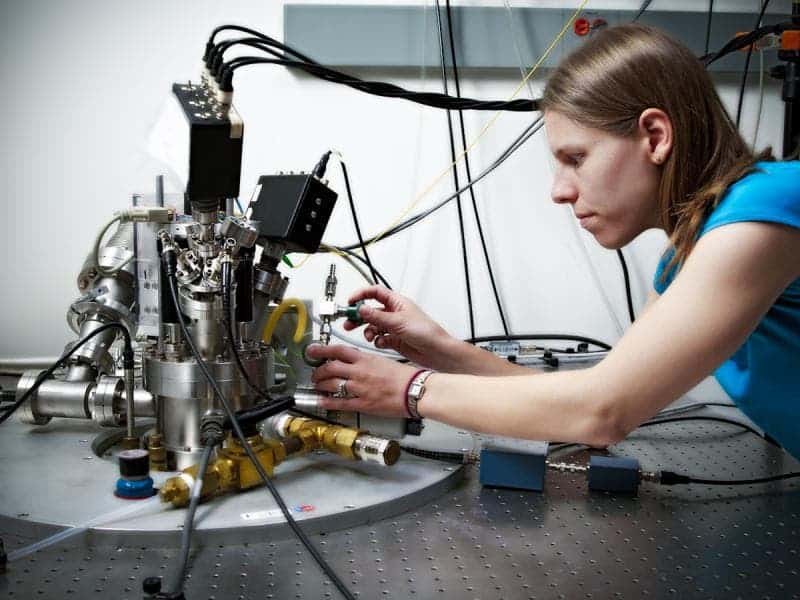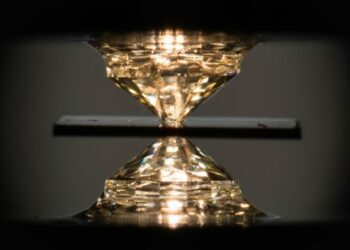Researchers have reached what can only be described as a crucial milestone that opens the way for a new class of materials with amazing electronic properties.
Superconductivity is a relatively recently discovered feat, in which conducting materials oppose exactly zero resistance when electric current passes through them, below a certain temperature. Like ferromagnetism and atomic spectral lines, superconductivity is a quantum mechanical phenomenon.
In this research, physicists sandwiched two nonmagnetic insulators together and discovered a shocking result: the layer in which the two materials meet has both magnetic and superconucting portions – two properties that normally just don’t go together.
Scientists have long hoped to find in away to engineer magnetism in this class of materials, calle complex oxides, as a first step in developing a potential new form of computing memory for storage and processing. The team Stanford Institute for Materials and Energy Science (SIMES), a joint institute of the Department of Energy’s SLAC National Accelerator Laboratory and Stanford University said that this opens “exciting possibilities for engineering new materials and studying the interplay of these normally incompatible states“.
The next step in this research is finding out if superconductivity and magnetism can in fact coexist, or if this is some sort of new exotic type of superconductivity that interacts actively with magnetism.
“Our future measurements will indicate whether they’re fighting one another or helping one another,” Moler said.
Either way, one thing’s for sure – we are on the brink of a major development in superconductivity.







